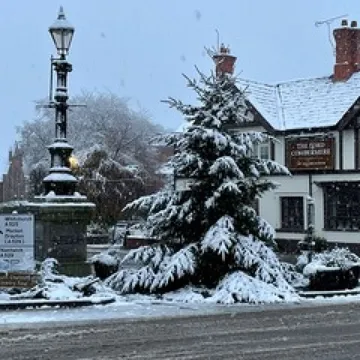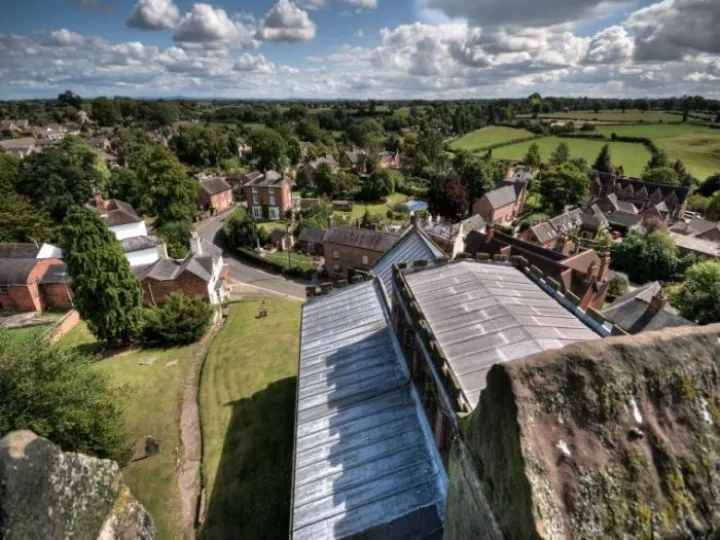







The Apollo 9 mission, which launched on 3rd March 1969, was the third manned mission in the United States Apollo space program and the first flight of the Command/Service Module (CSM) with the Lunar Module (LM, pronounced "lem").
Its three-person crew, consisting of Commander James McDivitt, Command Module Pilot David Scott, and Lunar Module Pilot Rusty Schweickart, spent ten days in low Earth orbit testing several aspects critical to landing on the Moon, including the LM engines, backpack life support systems, navigation systems, and docking manoeuvres. The mission was the second manned launch of a Saturn V rocket.
During the mission the crewmen performed the first manned flight of a LM, the first docking and extraction of a LM, two spacewalks (EVA), and the second docking of two manned spacecraft – two months after the Soviets performed a spacewalk crew transfer between Soyuz 4 and Soyuz 5.
Whilst the other parts returned to Earth, the Third Stage of the Saturn rocket was made derelict in space where it entered a heliocentric orbit. To this day it travels around the Sun.
The mission proved the LM worthy of manned spaceflight. Further tests on the Apollo 10 mission would prepare the LM for its ultimate goal, landing on the Moon. They returned to Earth on March 13, 1969.
For this and all subsequent Apollo flights, the crews were allowed to name their own spacecraft (the last spacecraft to have been named was Gemini 3). The gangly LM was named Spider, and the CSM was labelled Gumdrop because of the Command Module's shape, and because of the blue wrapping in which the craft arrived at Kennedy Space Centre. These names were required as radio call signs when the vehicles flew independently.
This quirky, esoteric naming protocol is perhaps best exemplified by the adoption by NASA of a cartoon animal as its official safety mascot. The mascot was turned in to a badge worn by astronauts who would, as a tradition on safely returning to Earth, gift the badges to members of the ground staff who had ensured their safety during the mission. The character was also featured on the back of the case of Omega watches used during NASA missions, featured on mission patches as well as, in stuffed-toy form, being used as a good luck totem by astronauts on launch day.
Today's question is simply this – which cartoon animal is NASA's safety mascot?
[Answer here]
{The NASA safety mascot is Snoopy, Charlie Brown's pet beagle. After the Apollo 1 fire, NASA needed to rebuild its devastated Apollo program. They approached Charles Schulz, creator of Peanuts, for permission to use Snoopy as their mascot for safety and he agreed.}
This article is from our news archive. As a result pictures or videos originally associated with it may have been removed and some of the content may no longer be accurate or relevant.
Get In Touch
AudlemOnline is powered by our active community.
Please send us your news and views using the button below:
Email: editor@audlem.org





